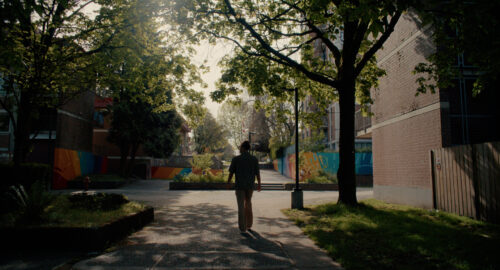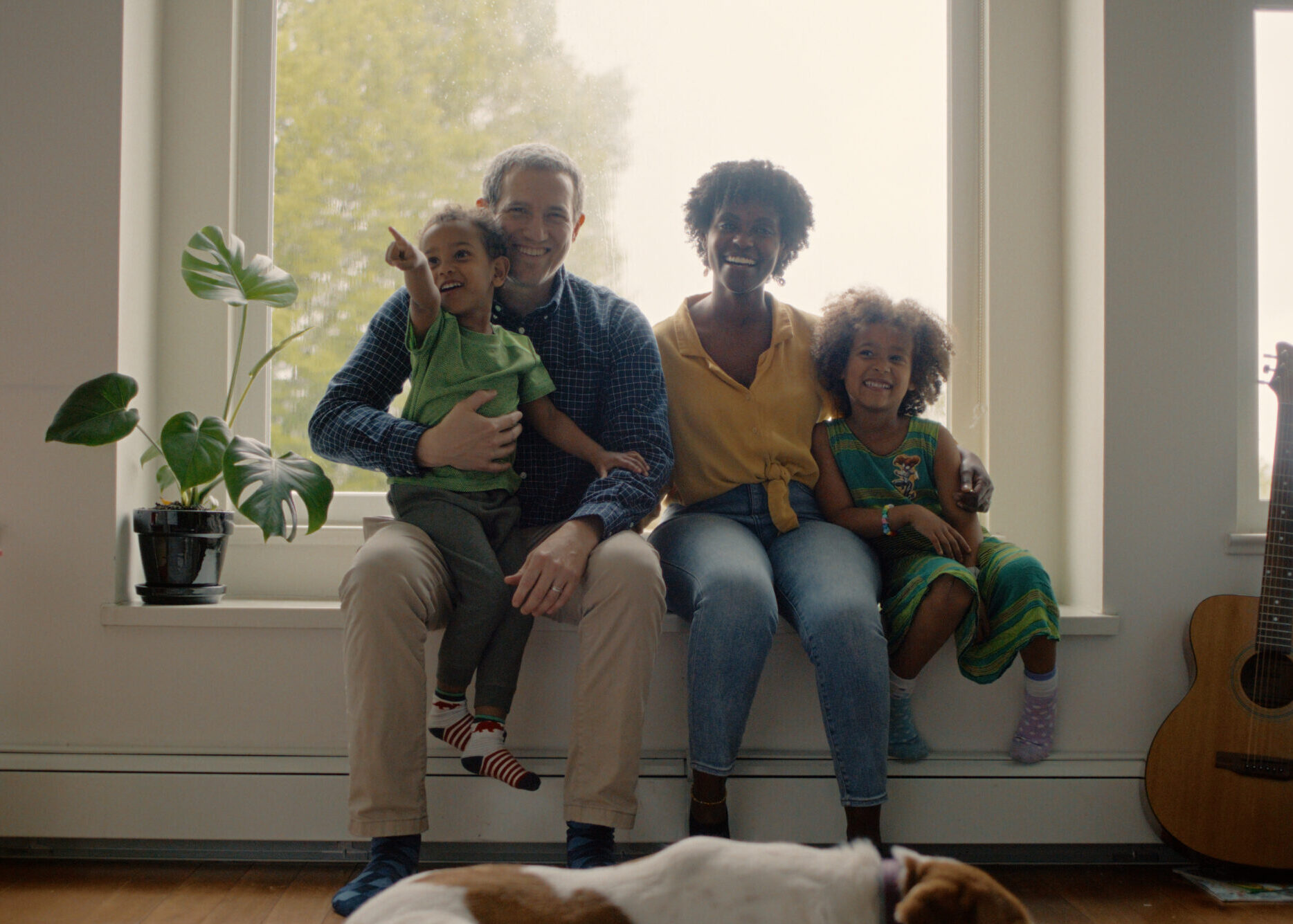The bustling city of Vancouver is known for its diversity, with a long history of immigrants who have made it their home. Yet, like many Canadian cities, it harbours a buried past of systemic injustices.
Acclaimed filmmaker Jamila Pomeroy set out on a mission to explore the truth behind Hogan’s Alley, a once-thriving hub for Vancouver’s Black community. In her compelling documentary Union Street, she uncovers the systemic racial prejudice that destroyed the community while also celebrating the resilient spirit of Black Canadians working to reclaim their cultural space.
Hogan’s Alley has been described as the first and last neighbourhood in Vancouver with a notable Black population. It was known for its vibrant nightlife, boasting a scene of local restaurants and clubs that housed touring musicians such as Ella Fitzgerald, Jimi Hendrix and Louis Armstrong, amongst others. Most of this was lost in the 1970s due to the construction of the Georgia Viaduct. While the documentary is rooted in this history, Pomeroy states the importance of telling these stories now.
“People think that these issues happened hundreds of years ago,” she says. “We live in this fantasy where Canada portrays this equitable, aware, and politically correct society. I don’t think we are as far along as we say we are.”
The 79-minute documentary cuts across both past and present timelines. I could not help but ask how she was able to seamlessly blend both perspectives.
“Bringing people from the past and present to speak to those subjects helps contextualize these issues as ongoing. These are issues that are still being experienced today,” she says.
Pomeroy included a range of individuals in the documentary, from new immigrants to refugees to people who have lived in the area for multiple generations. “The Blackness and Africanness we are fed are monoliths,” she reveals. I really wanted to showcase all these different experiences.”
With a strong focus on community in the film, Pomeroy was inspired by her own childhood experiences and a longing for community.
“It was a lifelong search for community in Vancouver and the suburbs,” Pomeroy tells me. “I was one of the very few non-white kids in the school and neighbourhood which sparked a search for community. My family dealt with racism and it was very apparent how people will treat my mum as opposed to my dad as he immigrated from Kenya.”

Jamila Pomeroy. Photo by Arjun Malik
Making Union Street has not been an easy journey for the BC filmmaker. Pomeroy lets me in on the many rejections she faced in telling this story. “I got a lot of no’s from networks and distribution companies as I was told many people would not be able to resonate to it,” she reveals. “It’s unfortunate that it took so long to get a story like this made.”
When it comes to reclaiming the way we tell our stories, she tells me that Black leadership is key. “Blackness must be at the forefront of these stories,” she says. “Media shapes how we see ourselves.”
The thought of how Union Street may shape viewers excites Pomeroy. “I hope that it encourages people to look into their history,” she says. “I want people to stand up, feel empowered and be proud of their culture.”
Union Street serves as a reminder of the ongoing effects of racism and displacement. As a new generation fights to reclaim their cultural space, it makes me wonder what the future holds for Black communities in Vancouver.
“I think the biggest missing thing is physical space where we can come together as a community,” Pomeroy says. “Seeing a community sectioned off translates to segregation for people. However, you are letting people know that this is what your community is and one can find space within that.”

Union Street has been making waves, screening in Seattle and Los Angeles, at the Vancouver International Film Festival (VIFF), and the Milan International Film Festival. In February, the film was released nationally on Telus Originals to mark Black History Month. Pomeroy fills me in on the amount of love she has received since its release.
“It was a beautiful experience,” she says. “That first show at VIFF helped me understand the impact this film would make and brought me to tears. I have not seen that much of a community. Words cannot describe it.”




 Follow Us On Instagram
Follow Us On Instagram
